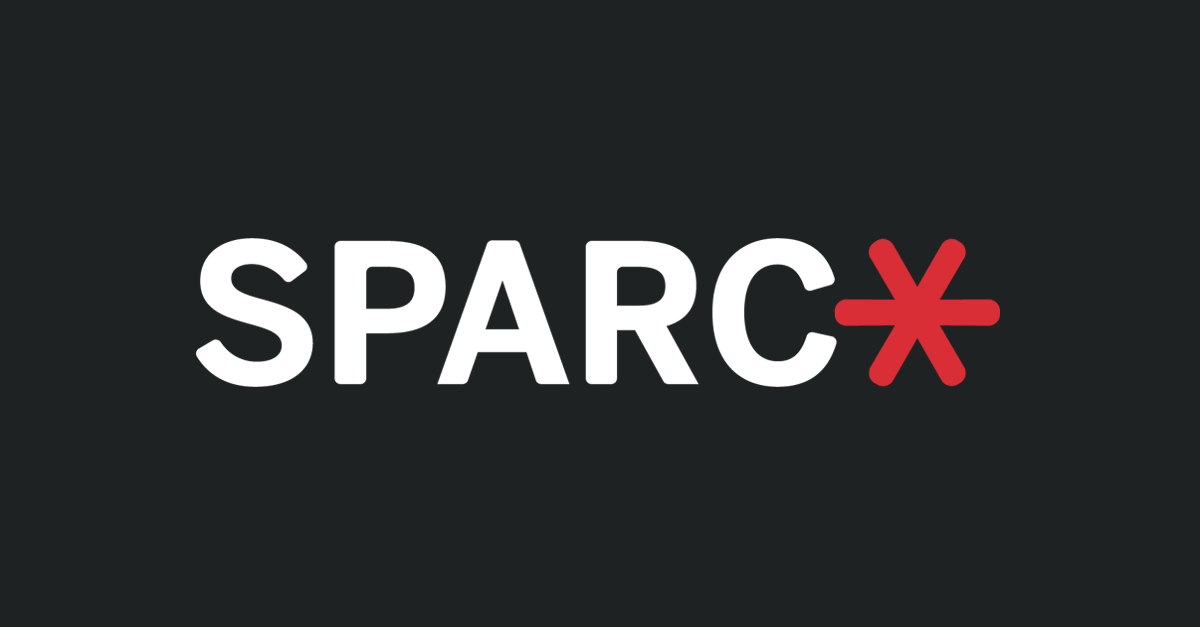Copyright for Authors
Did you know that you may not own the copyright to your published works? In the traditional publishing model, authors sign an agreement that transfers most, if not all, of their author rights over to the publisher. This agreement limits what you may do with your work:
- Archive a copy of your article in an institutional repository or personal website
- Share your article with colleagues, such as passing out handouts in a journal club or emailing a PDF to a discussion group
- Utilize your article in a course syllabus and distribute to students
- Modify your original work
- Display or perform your original work
Pre-Print vs. Post-Print: What's the Difference?
Preprint: A preprint is the original version of the manuscript as it is submitted to a journal. Usually, these are .doc files with minimal formatting or typesetting.
Postprint: A postprint is a manuscript that has gone through the peer review process, but has not yet been subjected to the final copyediting, formatting, and typesetting by the publisher. Usually, post-prints look like .doc files. Sometimes this version is referred to as the accepted manuscript version.
Version of Record: The version of record, sometimes called the publisher's version or final version, is the version that is published on the publisher's website. It is professionally formatted and looks more professional than preprints or postprints. Himmelfarb Library links to the Versions of Record via DOIs and "Find It @ Himmelfarb" links in the catalog.
Checking Permissions
Many publishers allow authors to share and self-archive preprints and postprints, sometimes after a period of embargo. An embargo is a period of time required by the publisher where access to the archived version is restricted until after the embargo period expires.
However, every publisher is different, and sometimes publishers have varying policies for different journals under their umbrella, so you should always check before you post. The copyright transfer agreement that authors sign before publishing is the best place to find this information. SHERPA/RoMEO, a database that collects information about publisher and journal copyright and self-archiving policies, is a good source of information. It is advised that you double check the publisher's webpage, as the information in SHERPA/RoMEO is sometimes out of date or incorrect.
Know Your Rights!
Author agreements can oftentimes be negotiated. Read over the agreement carefully.
Before you sign an agreement with a publisher, consider including an addendum to ensure that you retain certain rights to reuse and share your work.
The SPARC Author Addendum modifies the publisher's agreement, allowing you to create derivative works from the article, authorizing others to share and reuse the work for non-commercial purposes, and granting you the right to distribute your work in class or among colleagues for purposes of teaching and learning.
The George Washington University also provides its own custom author addendum that you may use.

http://sparcopen.org/wp-content/uploads/2015/12/sparc-logo-gray2.png
You may also wish to consider publishing in open access journals. Content in OA journals is freely available to link to, and in many cases, may also be reproduced in non-commercial settings. Check the Open Access Publishing tab for more resources.
SHERPA/RoMEO Permissions Guide
SHERPA/RoMEO classifies journals and publishers according to their restrictions level.
Image from SHERPA/RoMEO website, licensed with CC-BY-NC-ND




